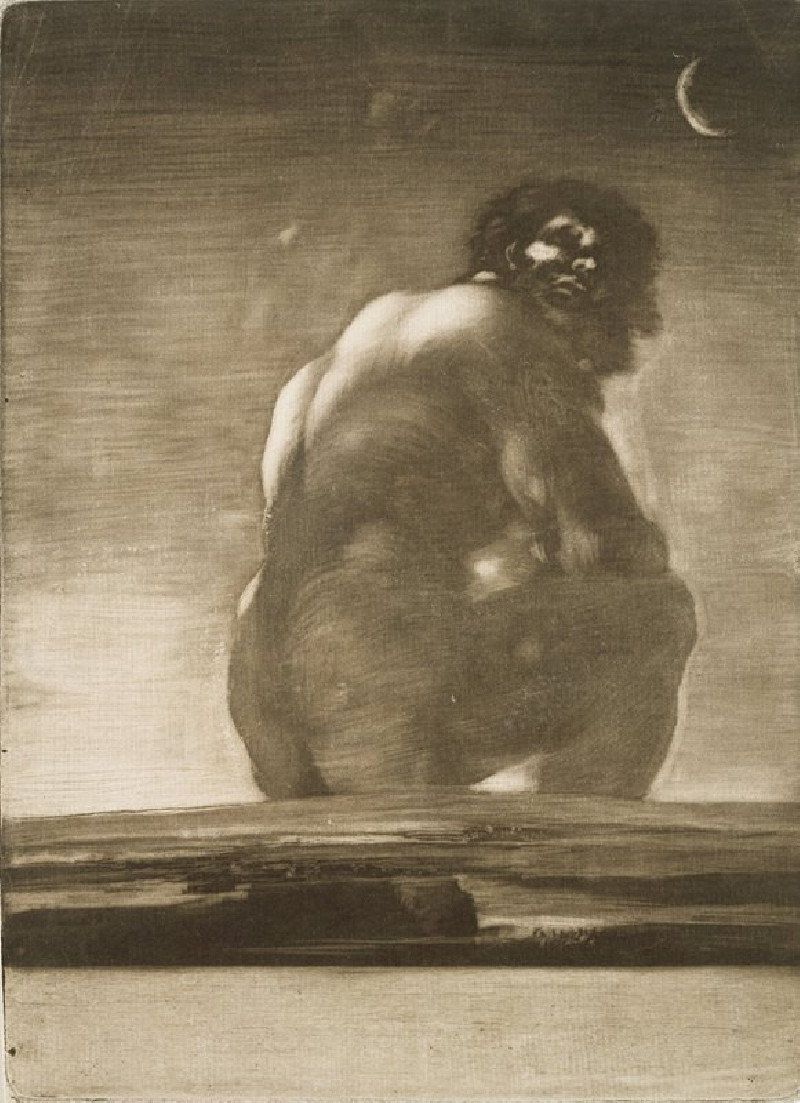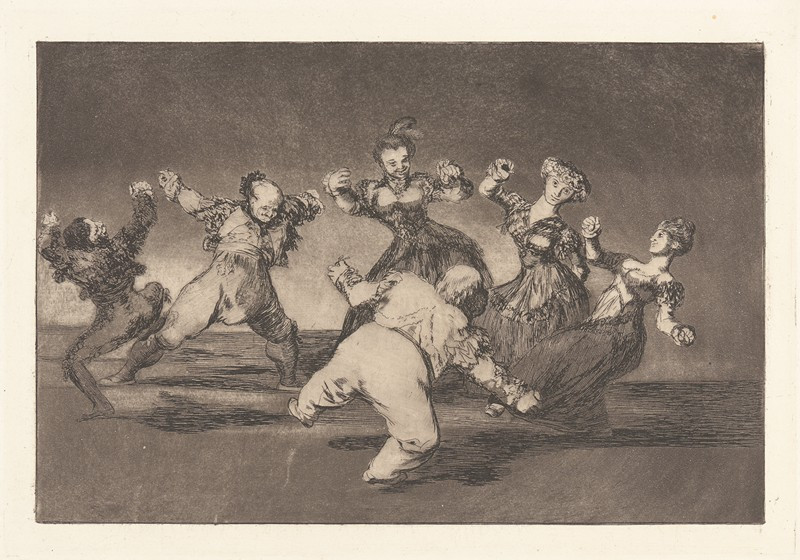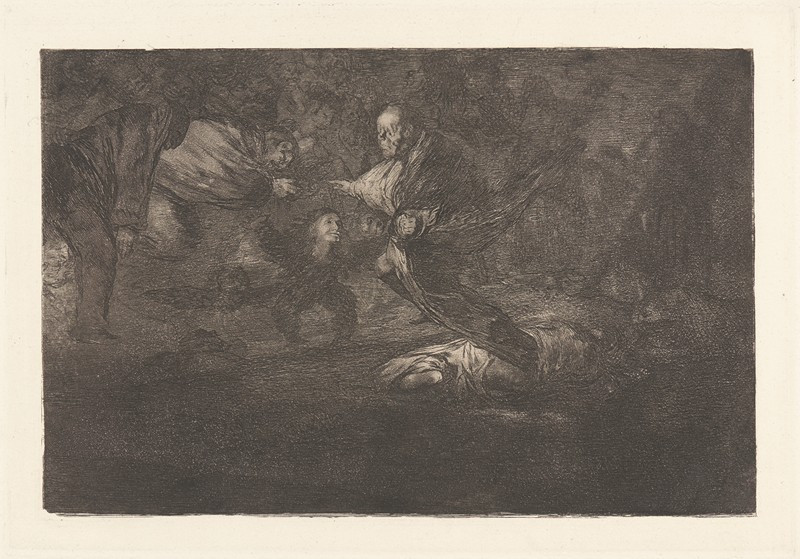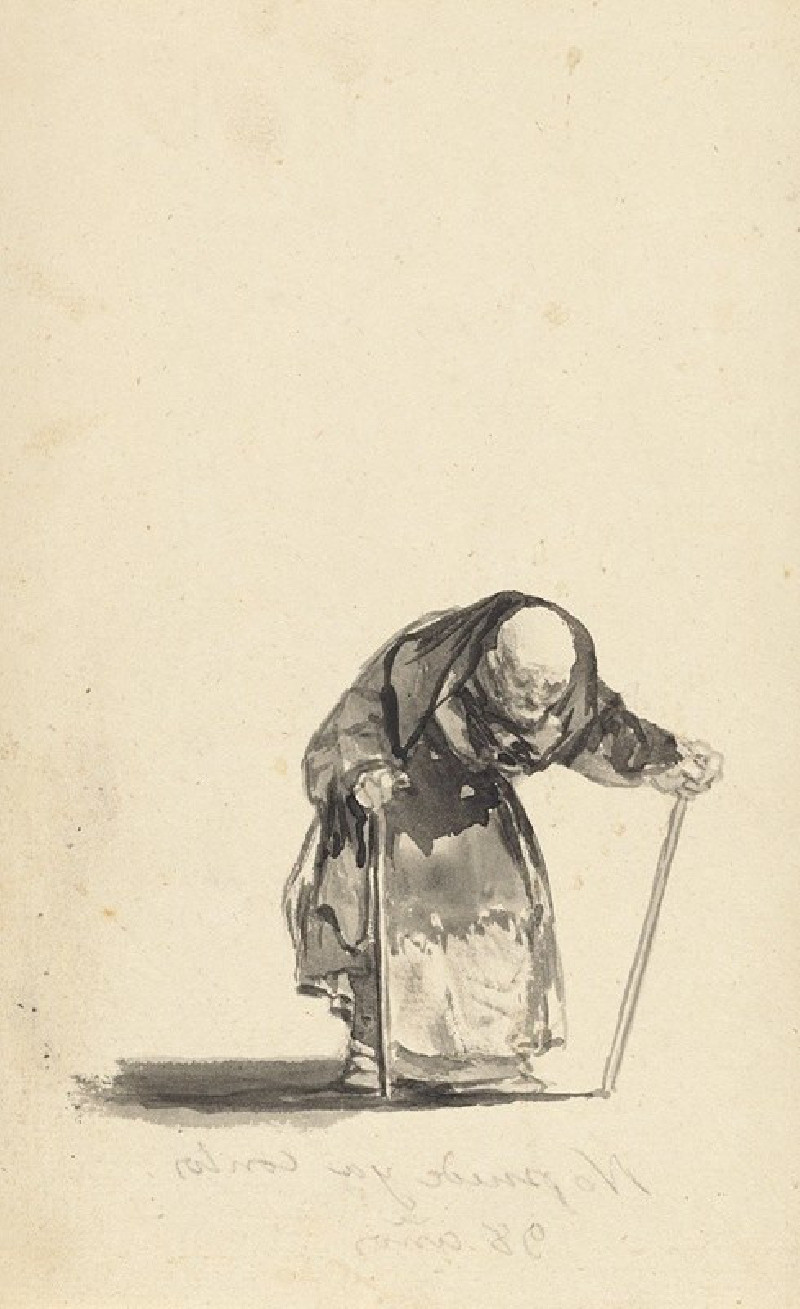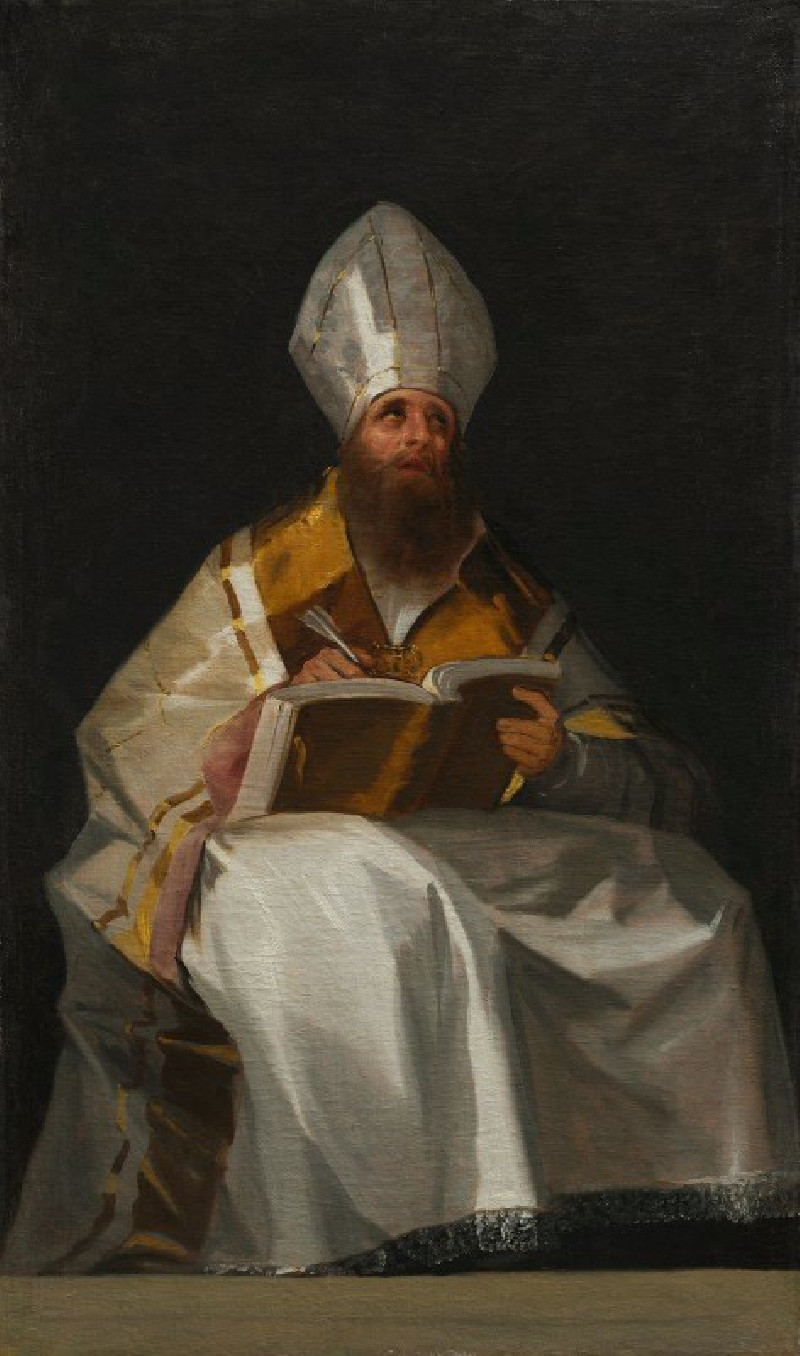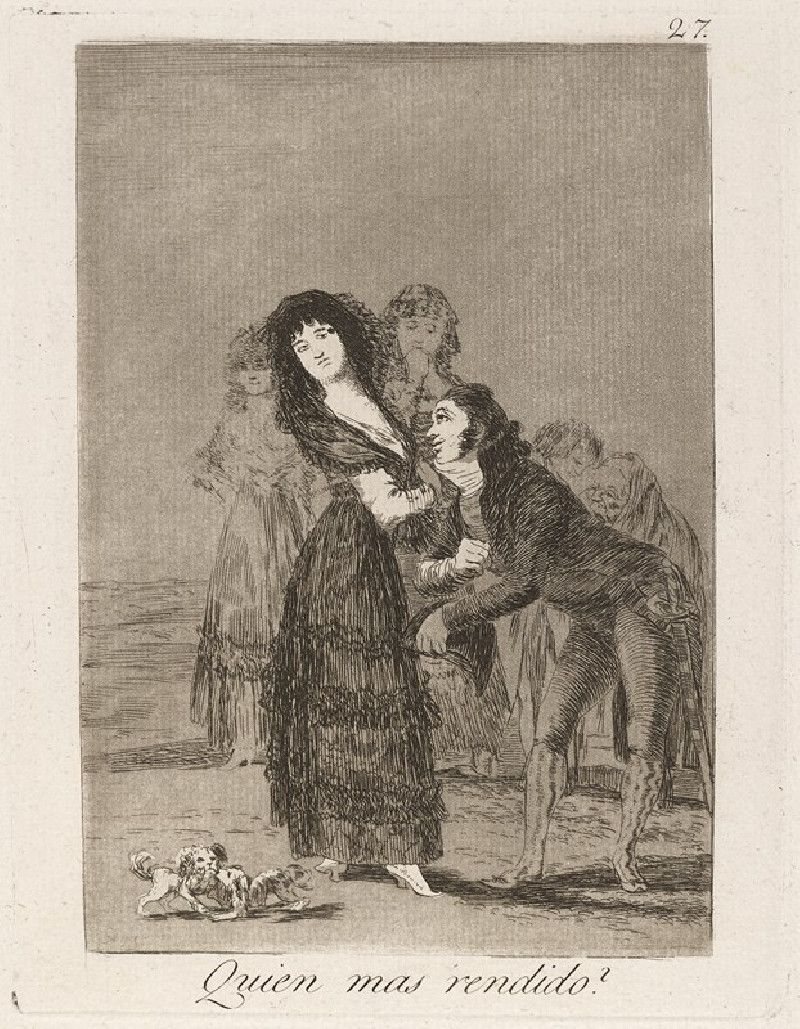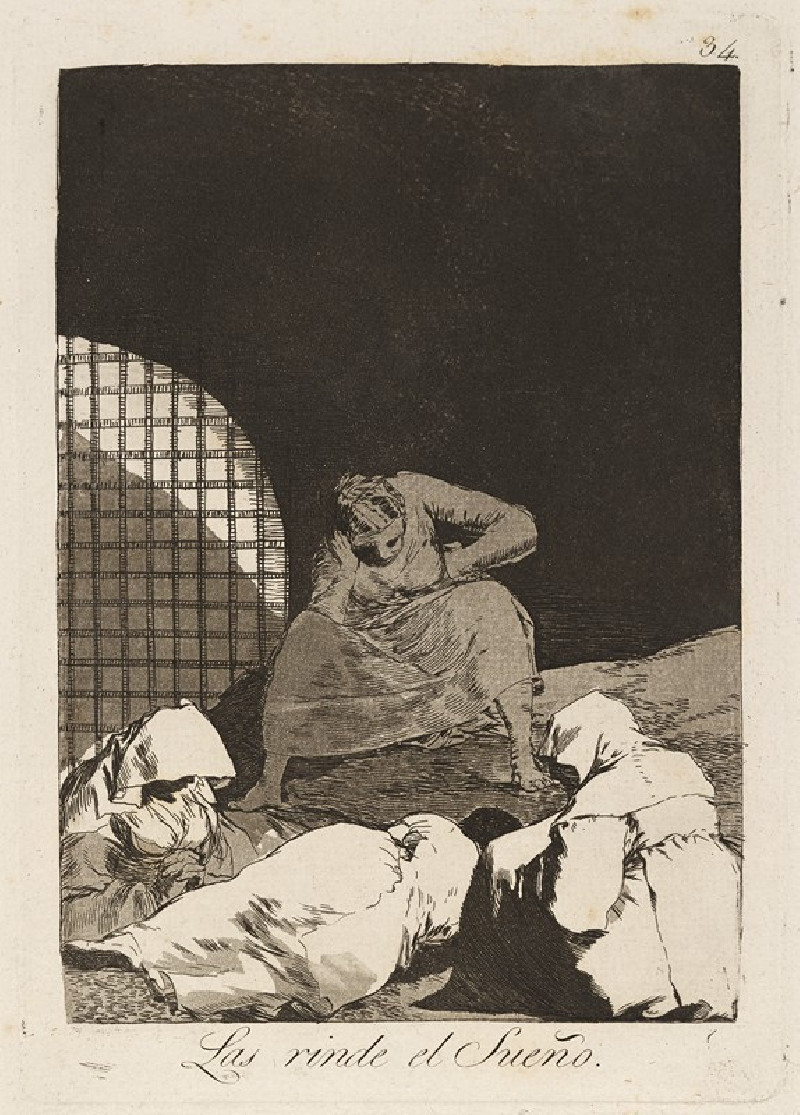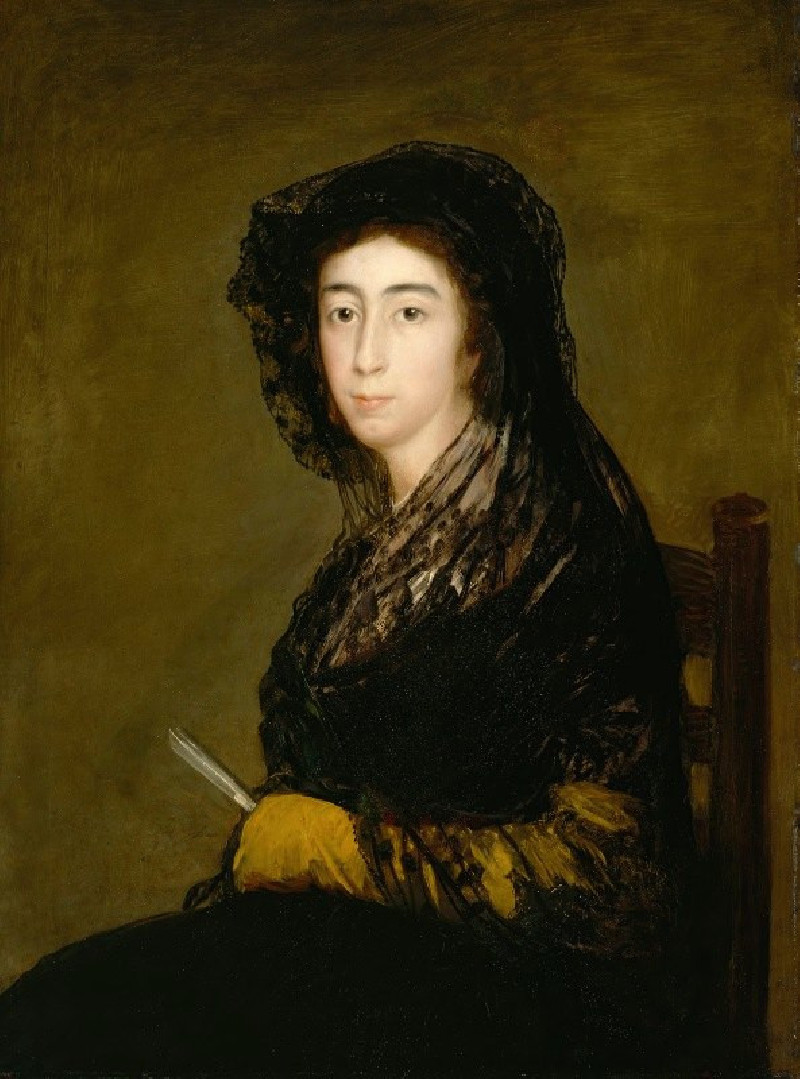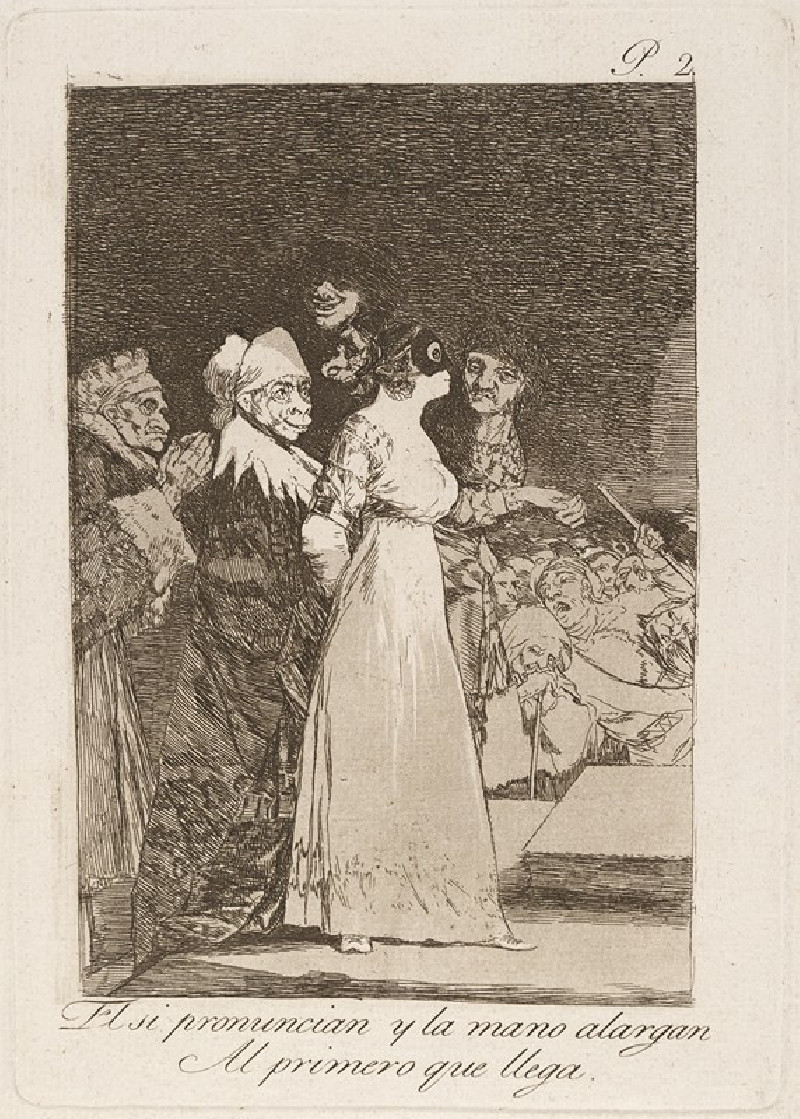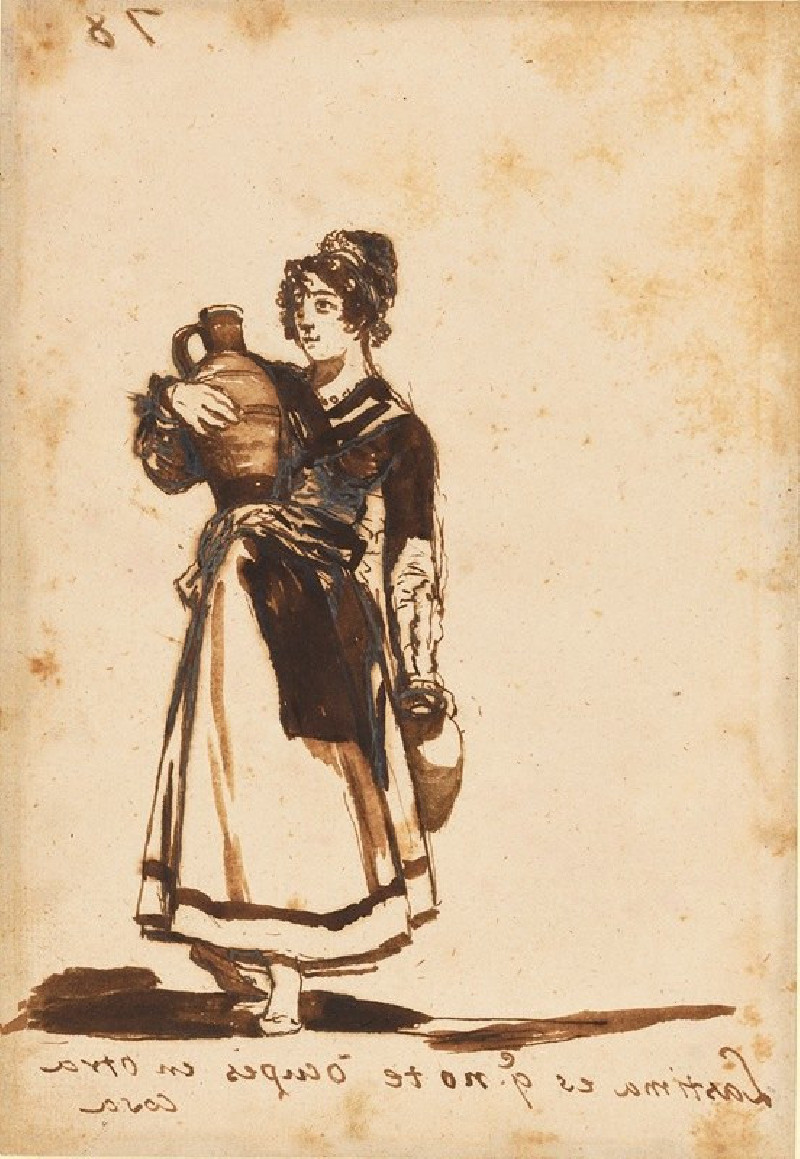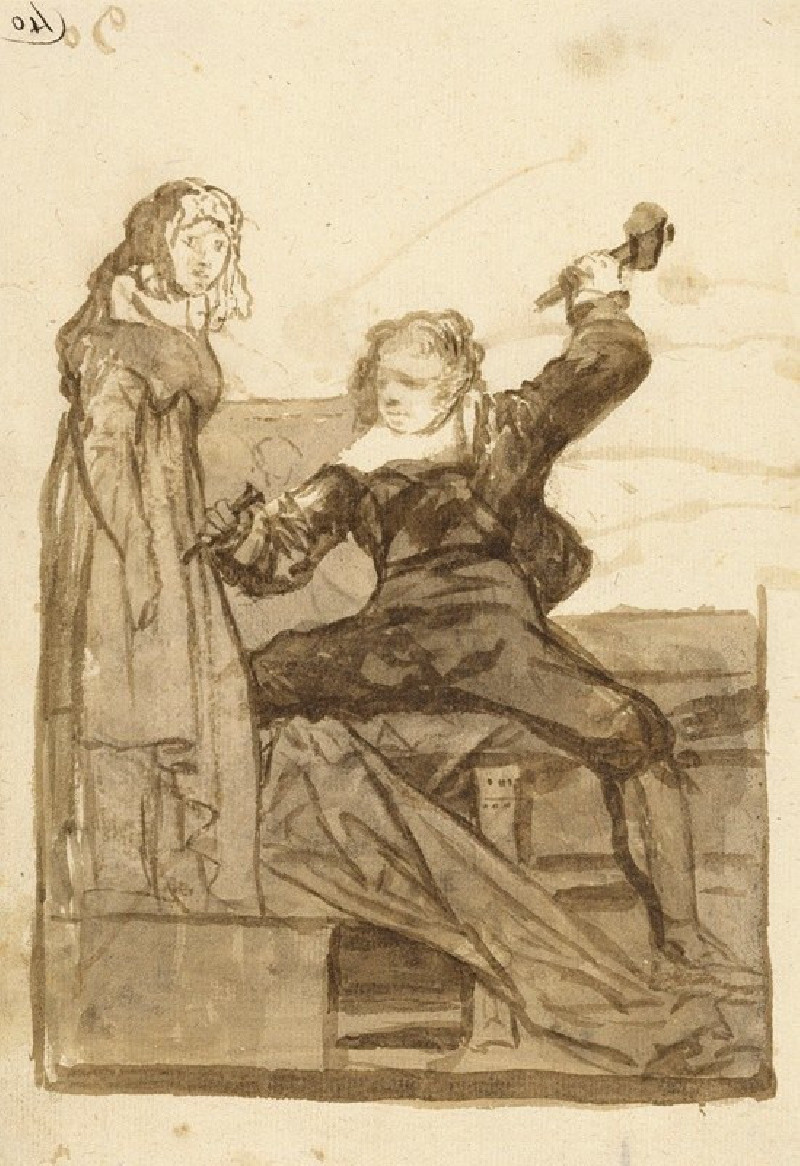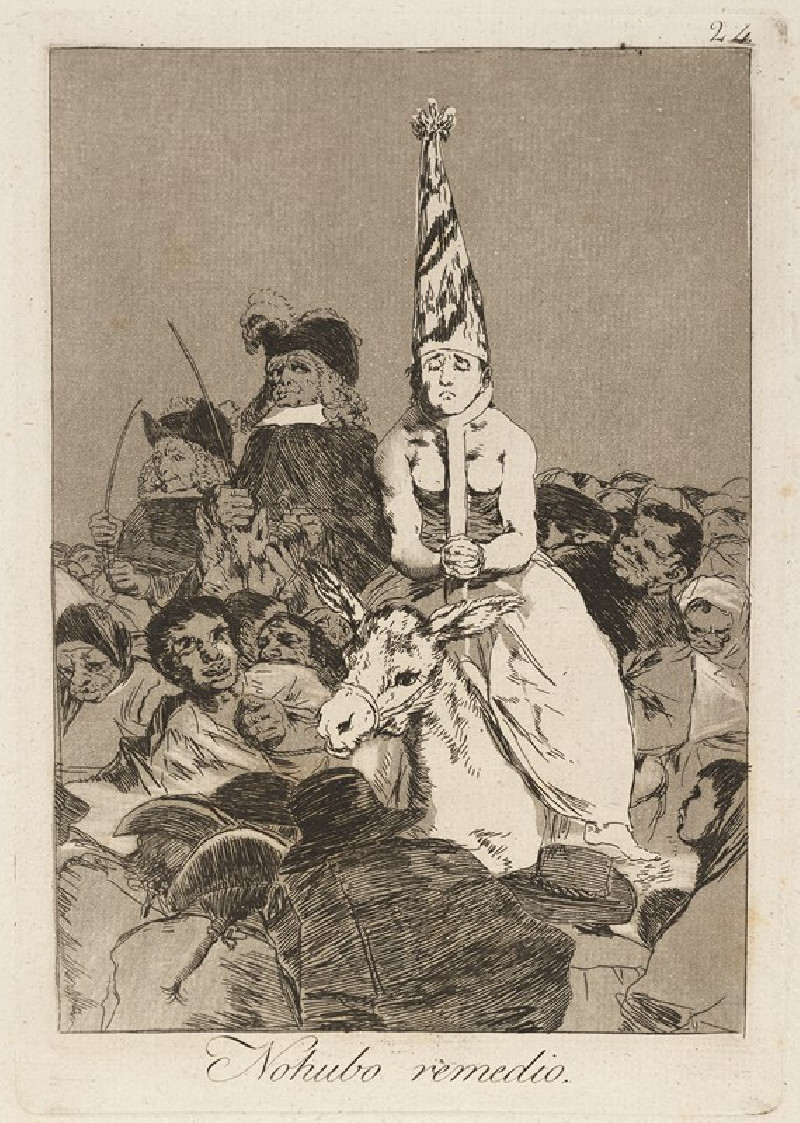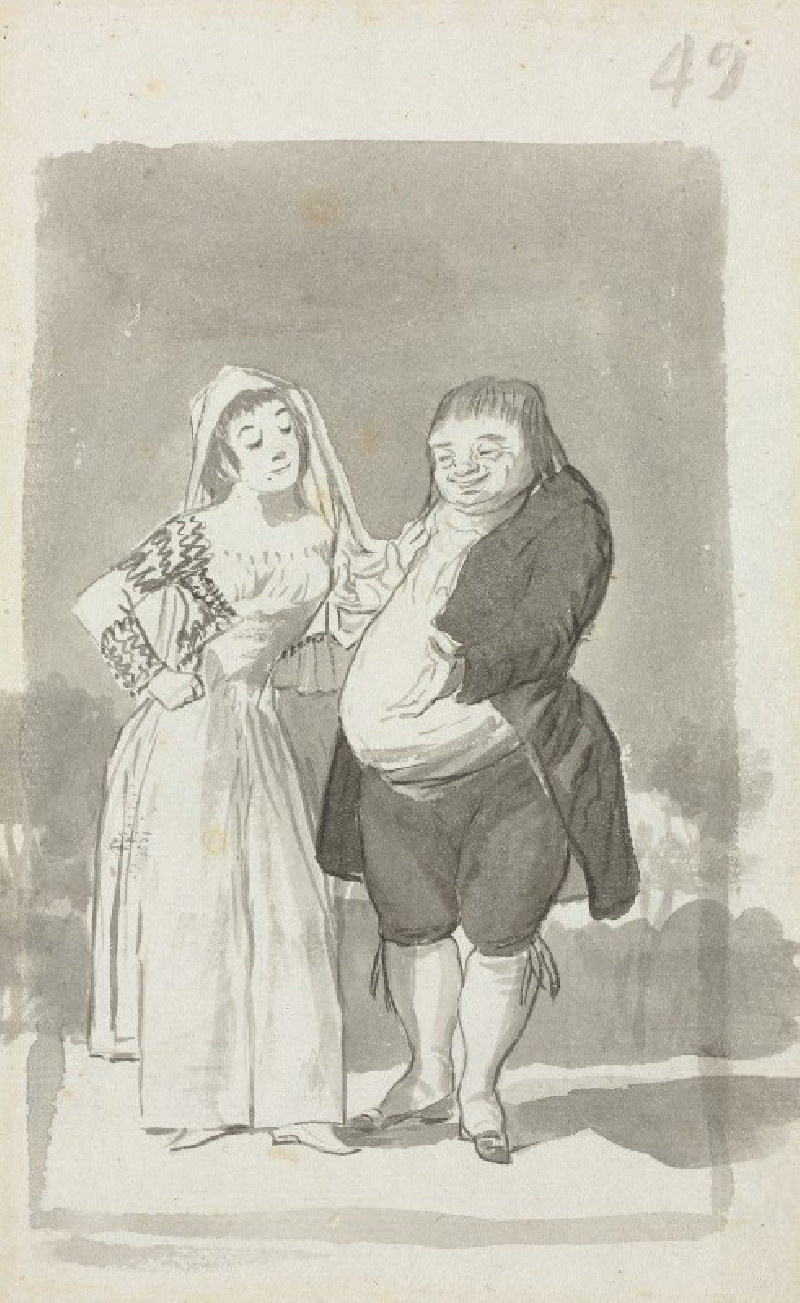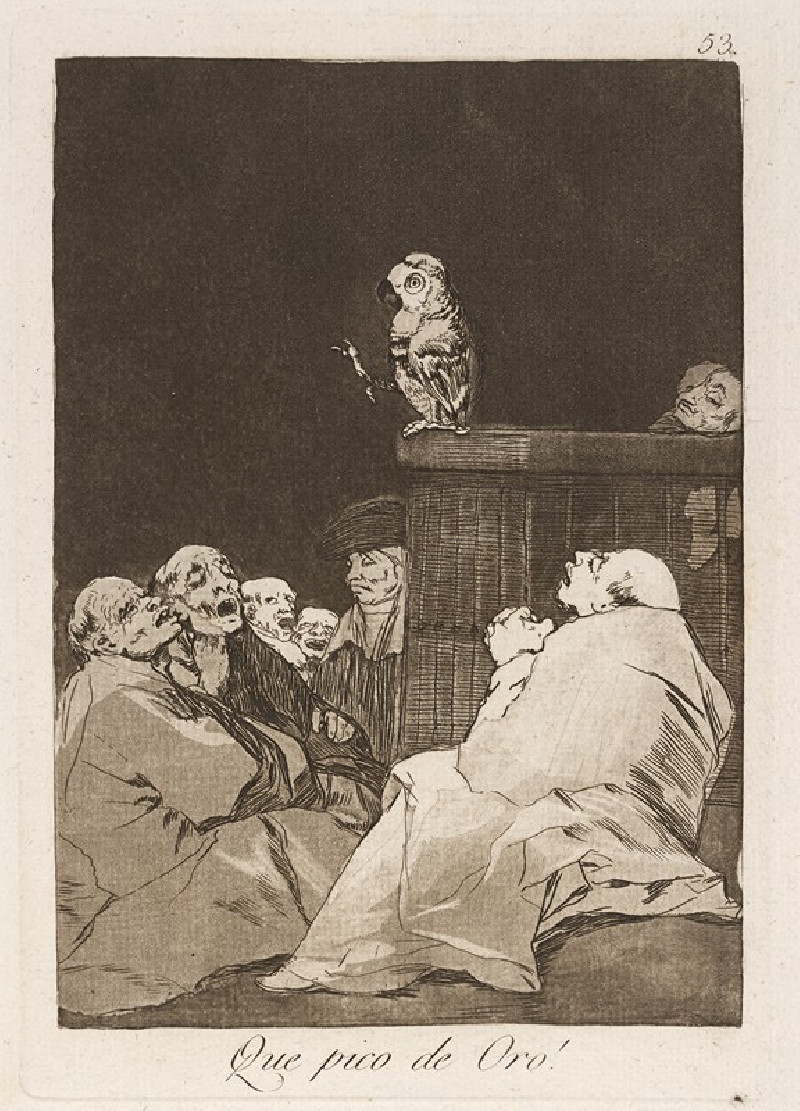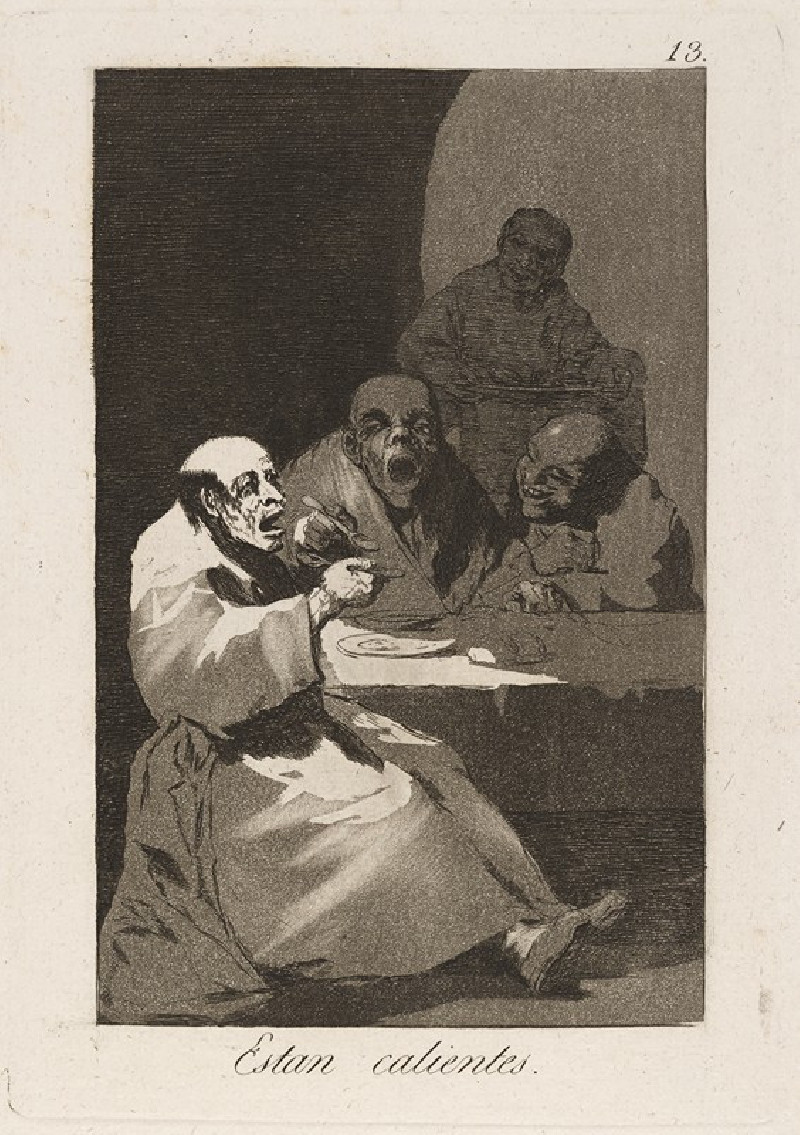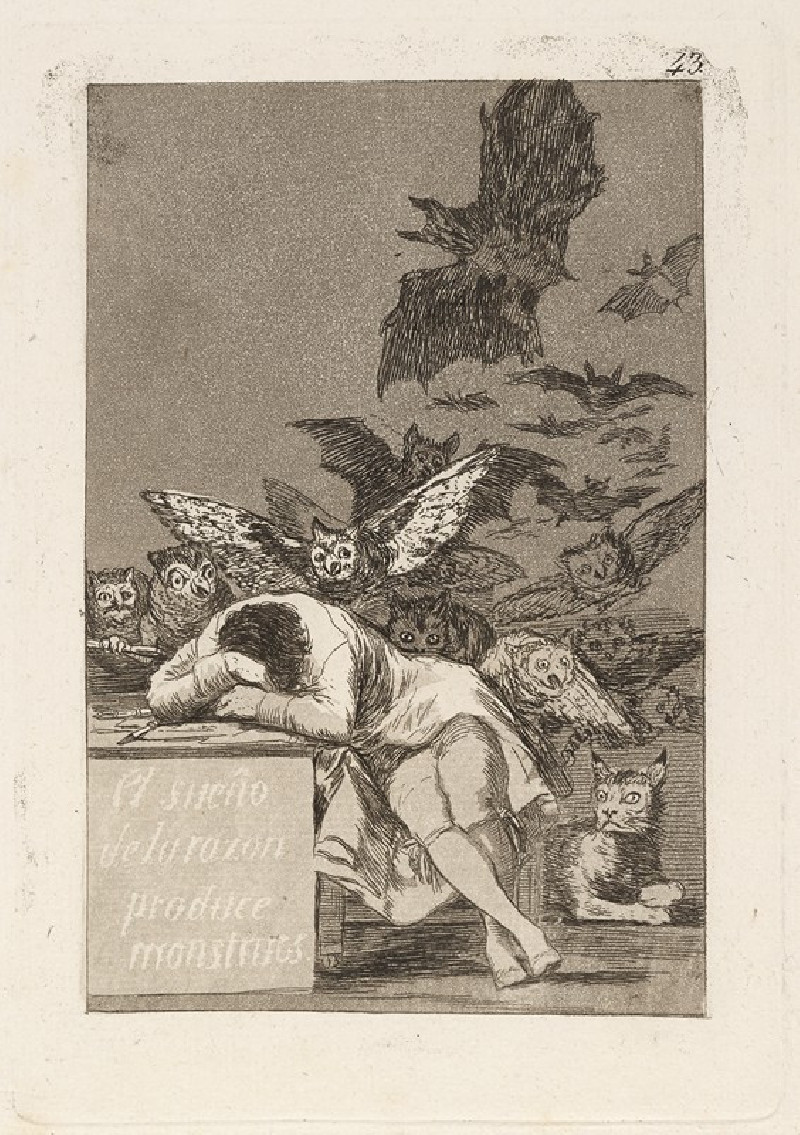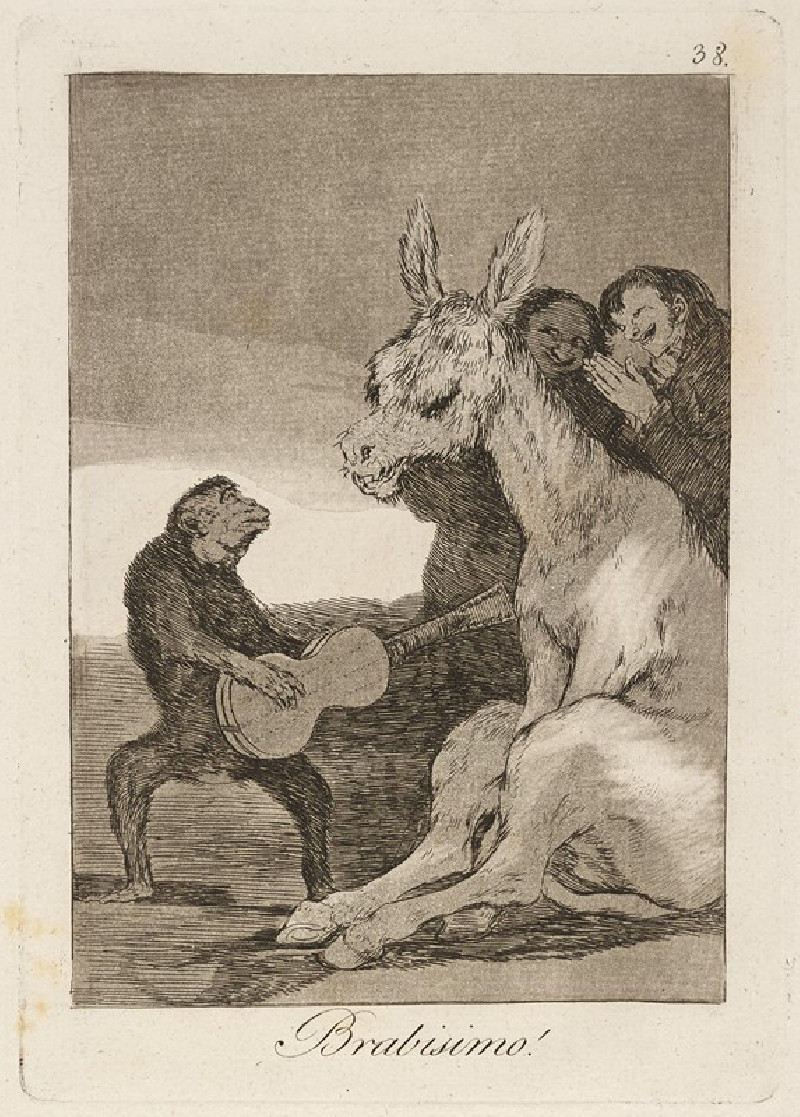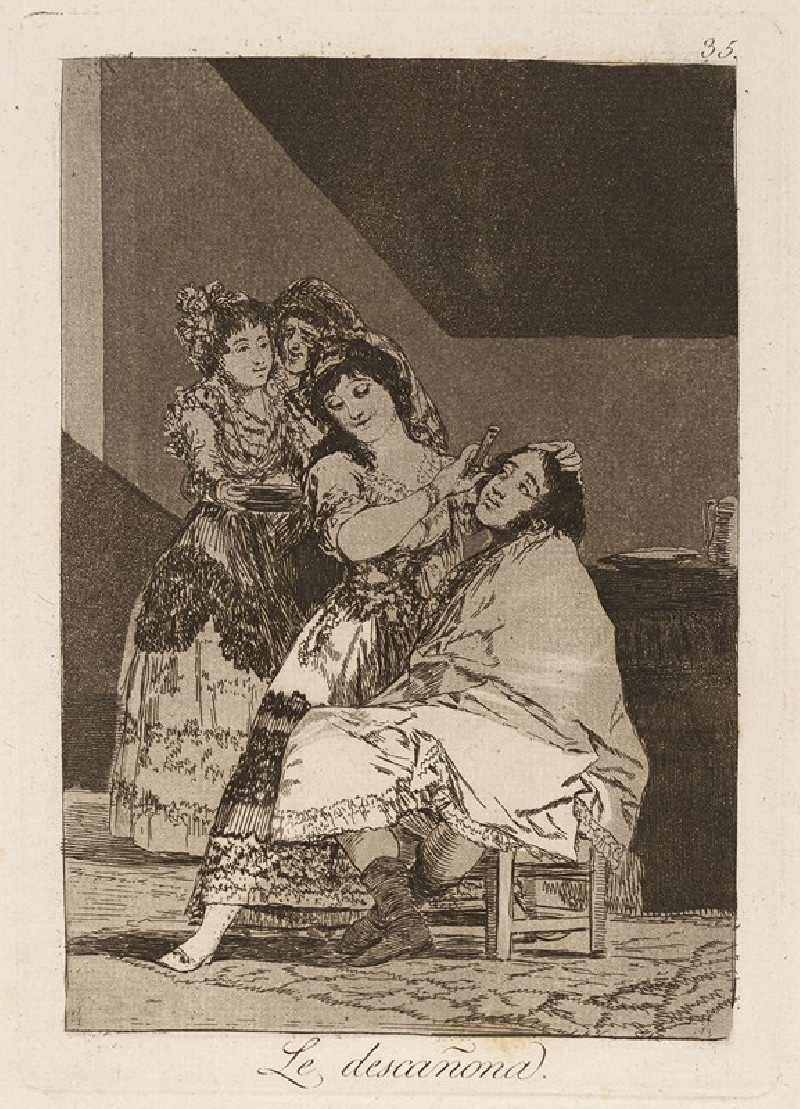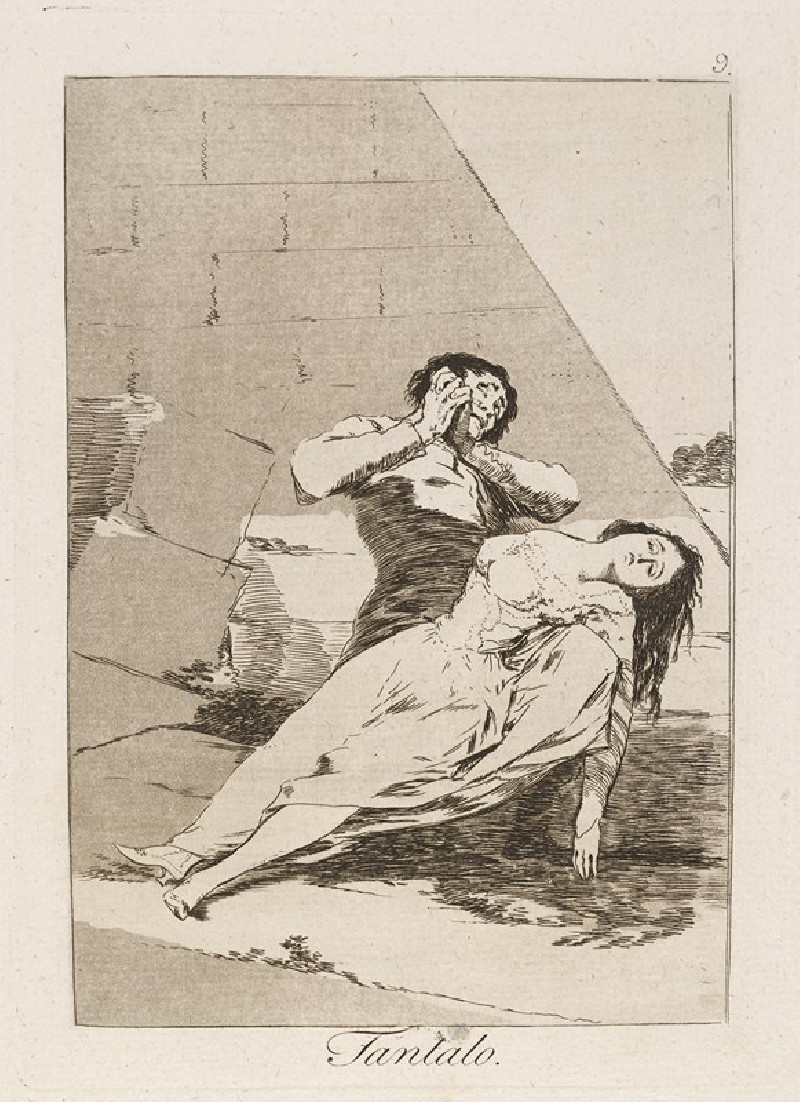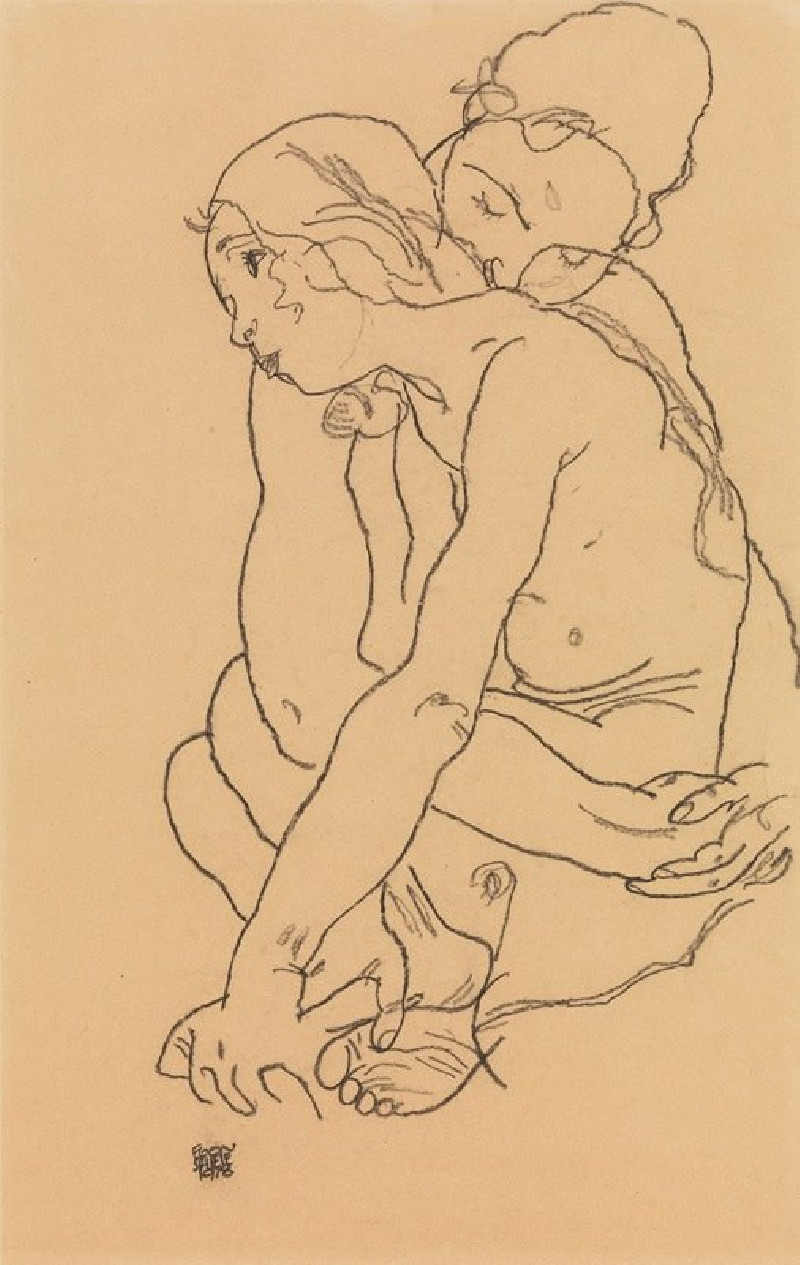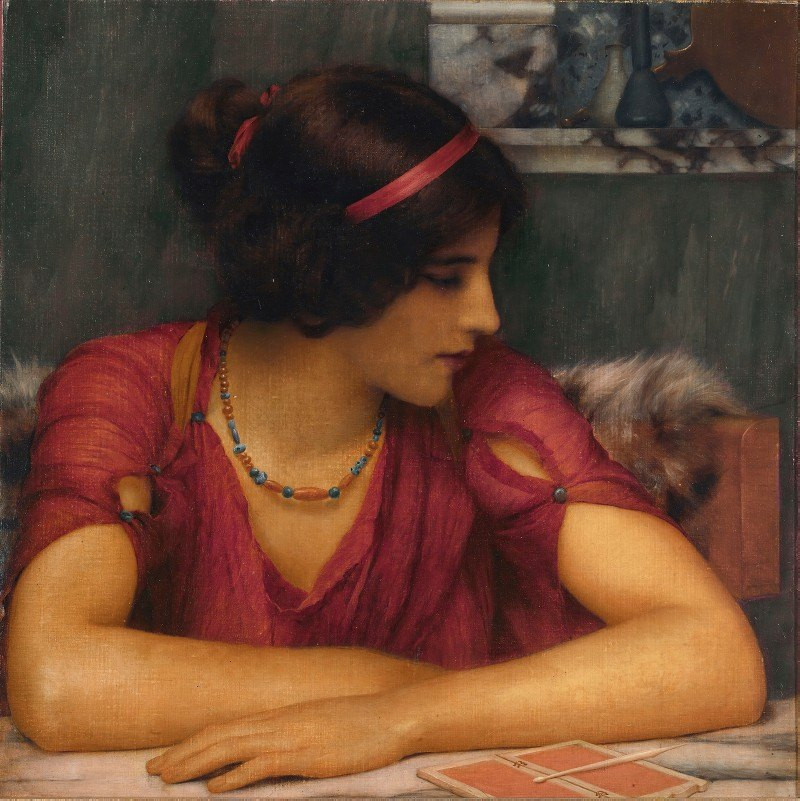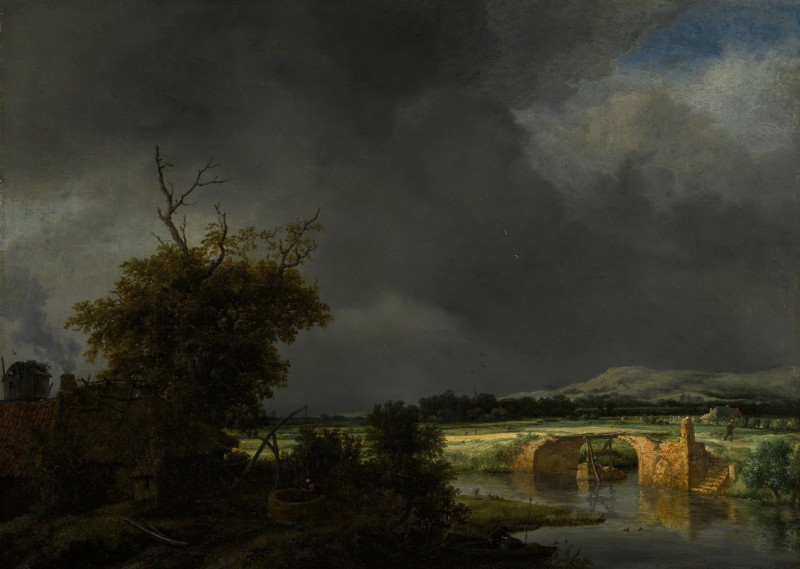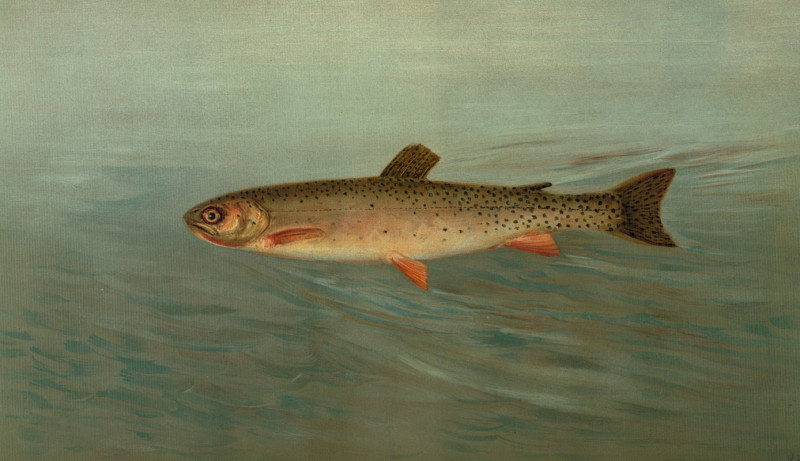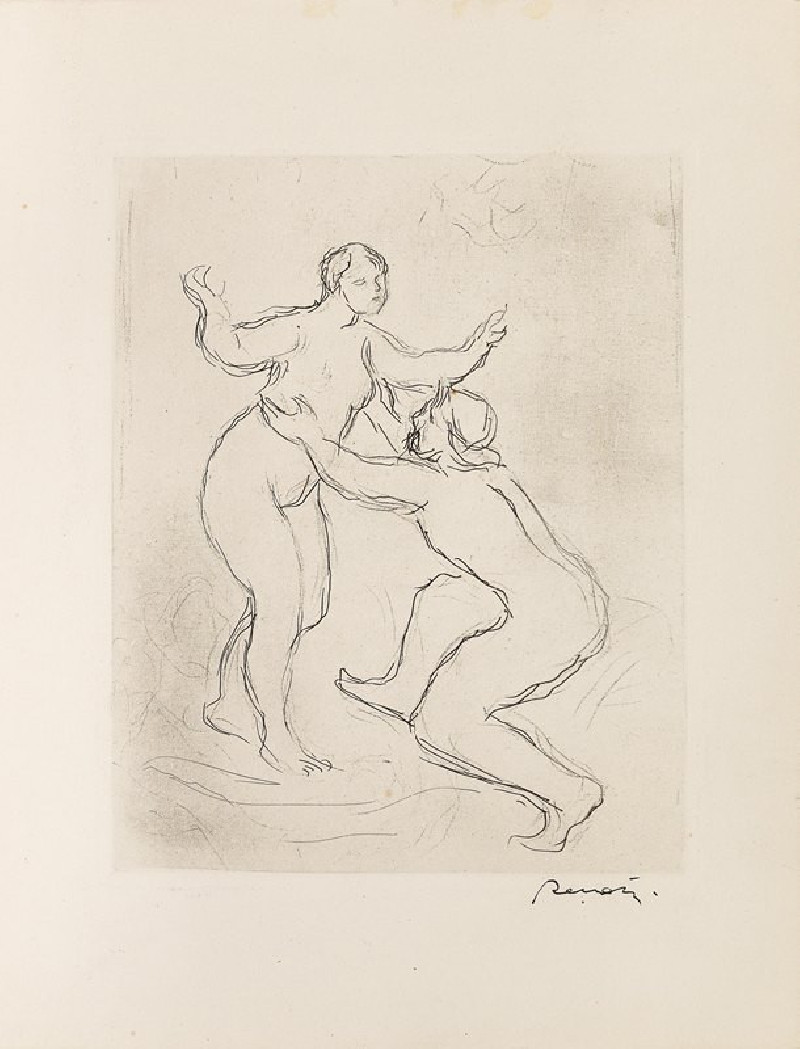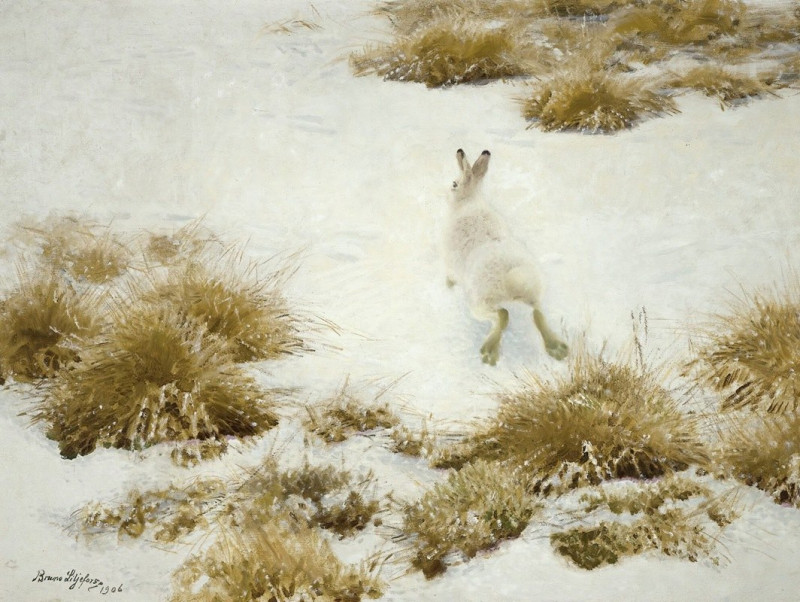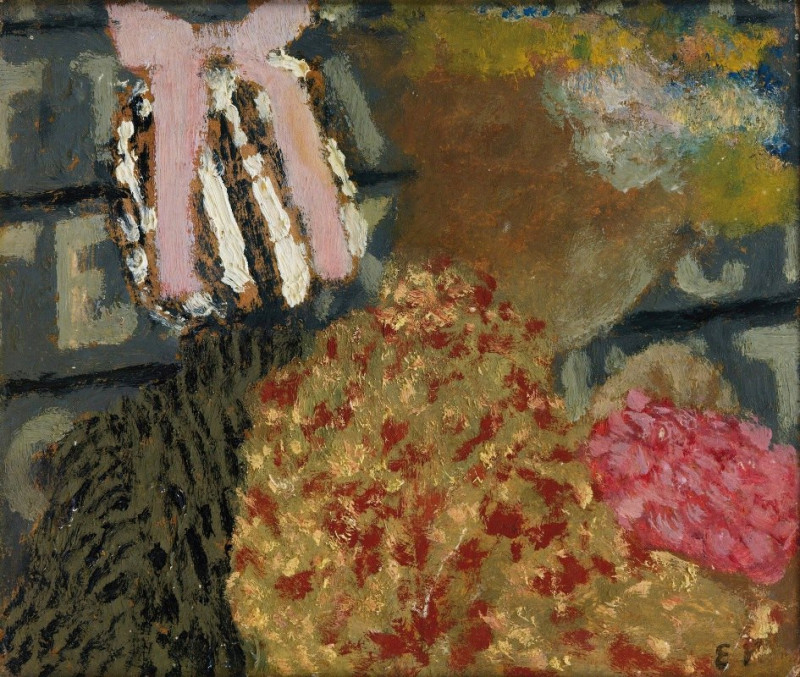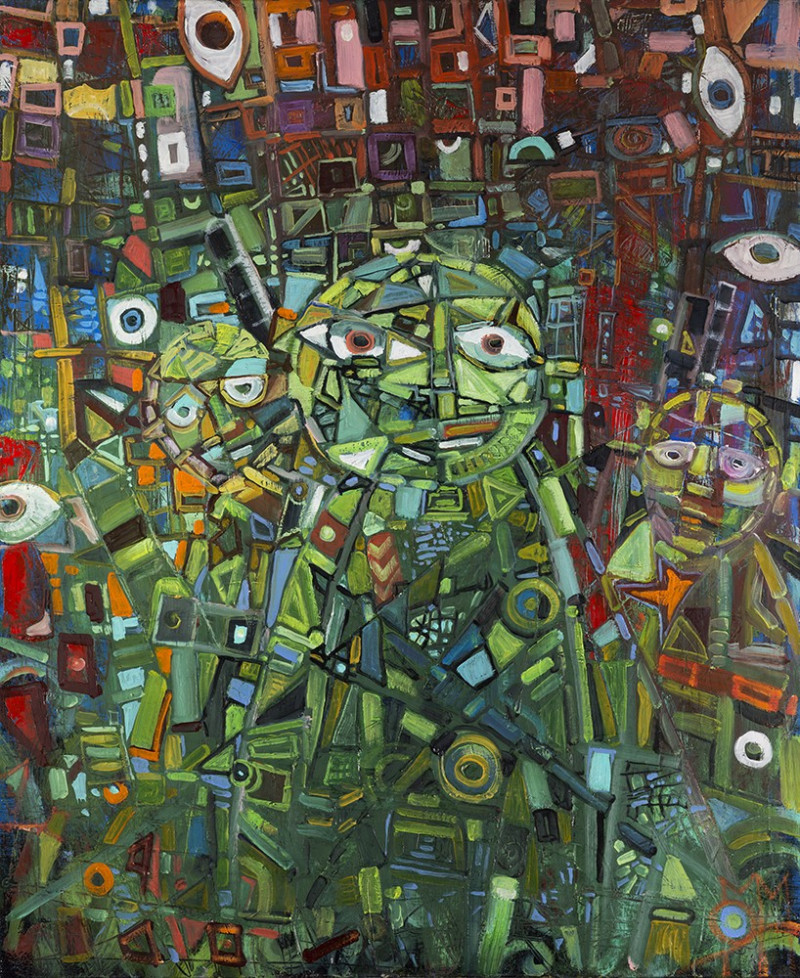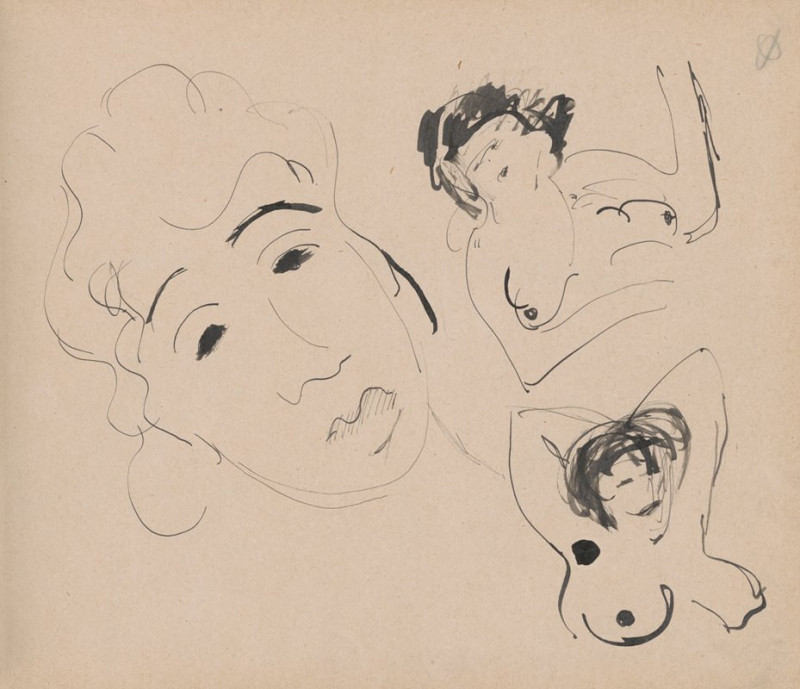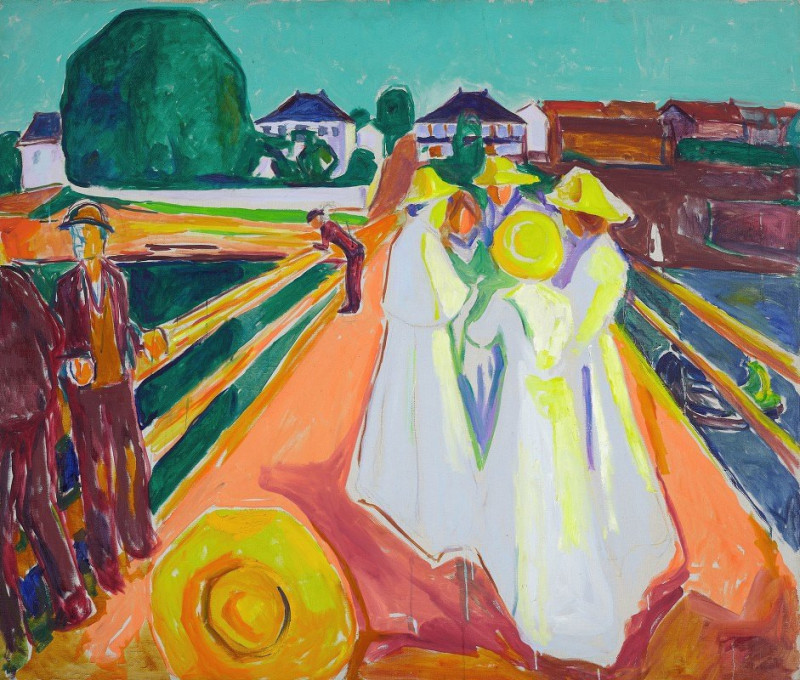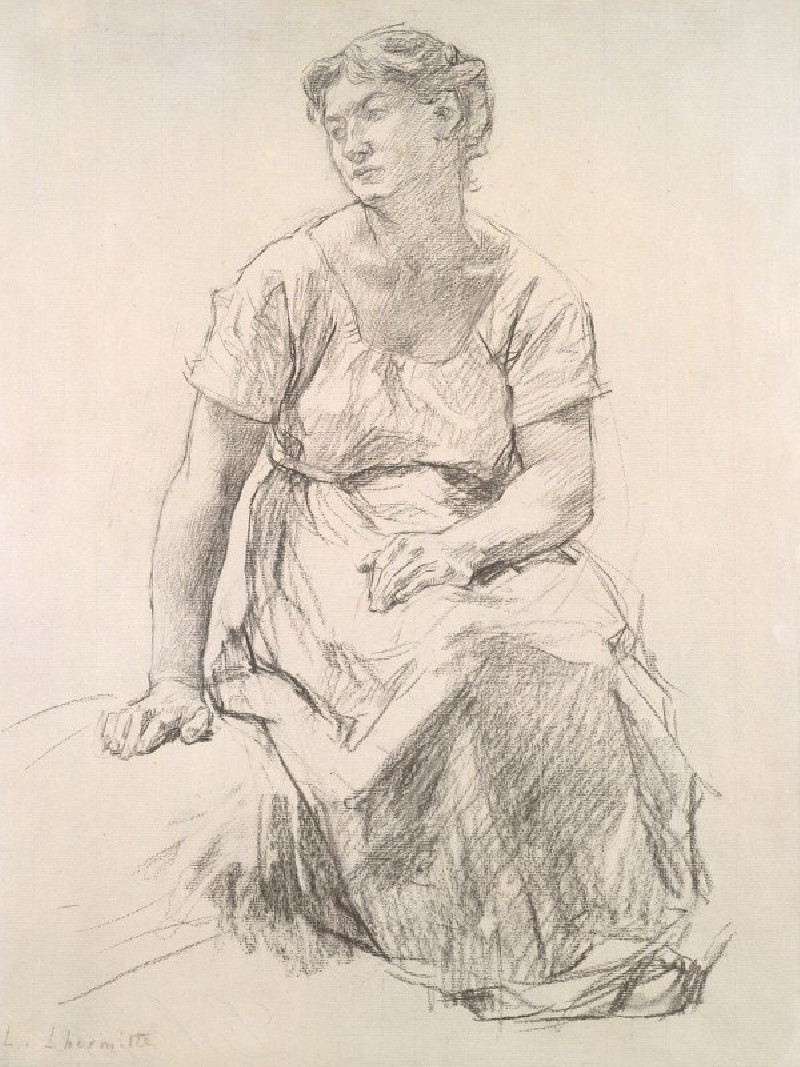De que mal morira (Of what ill will he die) (1796-1797)
Technique: Giclée quality print
Recommended by our customers
More about this artwork
"De que mal morira" (Of what ill will he die), created by Francisco de Goya between 1796 and 1797, is a compelling and symbolic work that delves into the realm of satire and allegory. This etching is part of Goya's renowned series, *Los Caprichos*, which critiques the socio-political issues of his time, weaving elements of the fantastical and absurd to underscore moral and social follies.In this particular piece, the etching reveals a donkey, clothed in a doctor's attire, taking the pulse of a seemingly lifeless figure. This surreal substitution of a donkey for a doctor offers a biting commentary on the incompetence Goya perceived in certain professions, including medicine, during his time. The donkey, an animal often associated with foolishness, incompetently engaging in a serious medical task, underscores a deep irony about trust and expertise in societal structures.The shadowy, indistinct background and the stark, clear lines used to portray the main figures emphasize the absurdity and the somber critique implicit in the artwork. Goya’s mastery in etching skillfully balances dark humor with poignant social commentary, making "De que mal morira" not just a visually engaging piece but also a thought-provoking critique that resonates with audiences across centuries.
Delivery
Returns
Francisco José de Goya y Lucientes (30 March 1746 – 16 April 1828) was a Spanish romantic painter and printmaker. He is considered the most important Spanish artist of the late 18th and early 19th centuries. His paintings, drawings, and engravings reflected contemporary historical upheavals and influenced important 19th- and 20th-century painters. Goya is often referred to as the last of the Old Masters and the first of the moderns.



